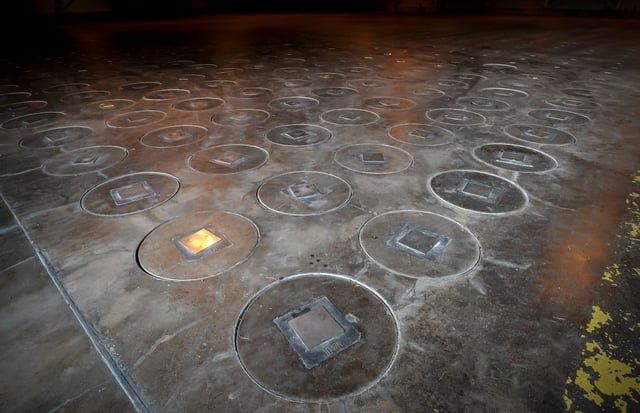Overview
- Federal officials announced this week that at least three additional radioactive wasp nests were found within the 310-square-mile Savannah River Site following the July 3 discovery of one nest with radiation levels ten times above federal limits.
- Each contaminated nest was sprayed to kill any wasps, bagged as radiological waste and removed after surveys detected no spread to surrounding soil or groundwater.
- Edwin Deshong, manager of the site’s Office of Environmental Management, emphasized that the very low contamination levels posed no danger to workers, nearby residents or the environment.
- Tom Clements of Savannah River Site Watch criticized the Department of Energy for not explaining how the wasps became contaminated and warned of potential leaks from aging underground waste tanks.
- Radiation experts including Kathryn Higley say small localized hot spots are common during legacy nuclear remediation and do not necessarily signal large-scale leaks.


